Horse Bridle Worksheet
Are you a horse enthusiast looking to enhance your understanding of horse bridles and their components? Look no further! This Horse Bridle Worksheet is designed to provide you with an engaging and educational resource to expand your knowledge on this essential piece of horse equipment. With clear explanations and interactive exercises, this worksheet is perfect for equestrians of all levels who want to delve deeper into the world of horse bridles.
Table of Images 👆
More Other Worksheets
Kindergarten Worksheet My RoomSpanish Verb Worksheets
Cooking Vocabulary Worksheet
DNA Code Worksheet
Meiosis Worksheet Answer Key
Art Handouts and Worksheets
7 Elements of Art Worksheets
All Amendment Worksheet
Symmetry Art Worksheets
Daily Meal Planning Worksheet
What is the purpose of a horse bridle?
A horse bridle is used to guide and control a horse by providing a way for the rider to communicate commands through the reins connected to the bit in the horse's mouth. It helps to direct the horse's movements, steering, and speed while riding or driving. Additionally, a bridle can also help in maintaining the horse's balance and stability during various activities.
What are the main components of a bridle?
The main components of a bridle are the headpiece (crownpiece), cheekpieces, throatlatch, browband, noseband, and reins. These parts work together to provide a secure and comfortable way to control the horse while riding.
How does a snaffle bit differ from a curb bit?
A snaffle bit is a mild bit with a direct rein action, typically with a jointed mouthpiece, which applies pressure evenly on both sides of the horse's mouth. In contrast, a curb bit has shanks that create leverage, applying pressure not only on the mouth but also on the poll and chin groove. Curb bits are considered to be more severe and require lighter rein aids from the rider due to the leverage action, while snaffle bits are commonly used for training and everyday riding due to their gentle nature.
What is the purpose of a noseband on a bridle?
The purpose of a noseband on a bridle is to help keep the horse's mouth closed and provide additional control by preventing the horse from opening its mouth too wide or resisting the bit. Nosebands also help to keep the bridle in place and prevent it from slipping off the horse's head during riding.
Explain the different types of browbands commonly used on bridles.
There are typically three types of browbands commonly used on bridles: plain browbands, padded browbands, and anatomical browbands. Plain browbands are simple straps made of leather or other material that run across the horse's forehead. Padded browbands have extra cushioning for added comfort, especially for horses with sensitive skin. Anatomical browbands are shaped to follow the contours of the horse's head, providing optimal comfort and reducing pressure on sensitive areas. Each type of browband serves a different purpose and can be selected based on the horse's needs and preferences.
How does a throatlatch on a bridle help keep the bridle secure?
A throatlatch on a bridle helps keep the bridle secure by preventing the bridle from slipping off the horse's head. It acts as a safety feature by securing the bridle under the horse's throat, making it less likely for the bridle to move or fall off during riding or handling. This extra strap provides stability and helps ensure that the bridle stays in place, allowing for better communication and control between the rider and the horse.
What is the purpose of the reins on a bridle?
The purpose of the reins on a bridle is to allow the rider to communicate with the horse and guide its movements by applying pressure or cues through the reins. The reins are a direct connection between the rider's hands and the horse's mouth, providing a means of steering, stopping, and controlling the horse's speed and direction.
Describe the types of materials used to make bridles.
Bridles are commonly made from leather, synthetic materials such as nylon or biothane, or a combination of both. Leather bridles are traditional and popular for their durability, flexibility, and timeless look. Synthetic bridles are lightweight, easy to clean, and often more affordable. Biothane bridles are a type of coated nylon that is durable, weather-resistant, and low maintenance. Different materials offer various benefits and cater to individual preferences in terms of aesthetics, performance, and cost.
What are the various types of bit placement options on a bridle?
The various types of bit placement options on a bridle include the loose ring bit, eggbutt bit, D-ring bit, full cheek bit, and the pelham bit, each offering a slightly different feel and function for the rider and horse.
Explain the process of properly fitting a bridle on a horse.
To properly fit a bridle on a horse, start by selecting the right size bridle for the horse's head. Adjust the cheekpieces so the bit sits comfortably in the horse's mouth without pulling too tightly on the corners. Position the browband above the horse's eyes, making sure it is not too tight or too loose. Adjust the throatlatch so you can comfortably fit a couple of fingers between it and the horse's throat. Finally, check that the noseband sits just below the horse's cheekbones without being too tight or too loose. Take your time to ensure the bridle is fitted correctly to avoid any discomfort for the horse while riding.
Have something to share?
Who is Worksheeto?
At Worksheeto, we are committed to delivering an extensive and varied portfolio of superior quality worksheets, designed to address the educational demands of students, educators, and parents.

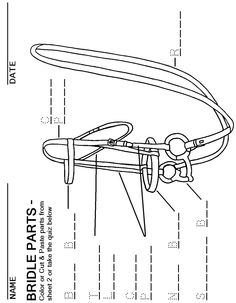



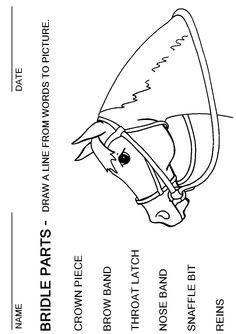
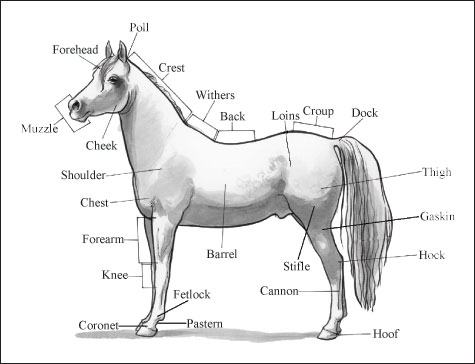
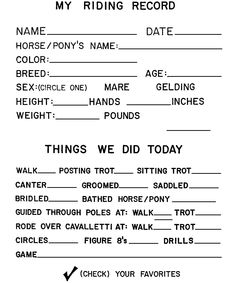
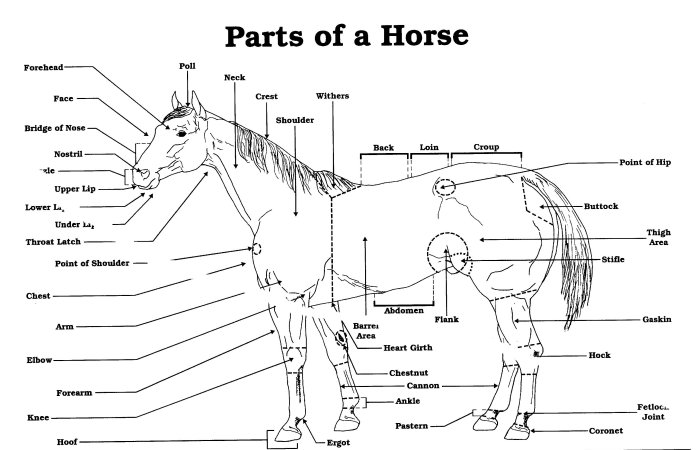
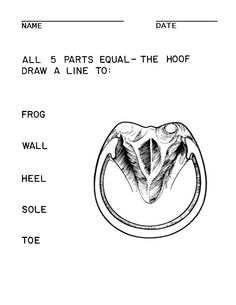

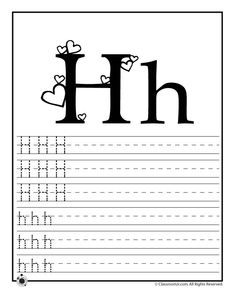
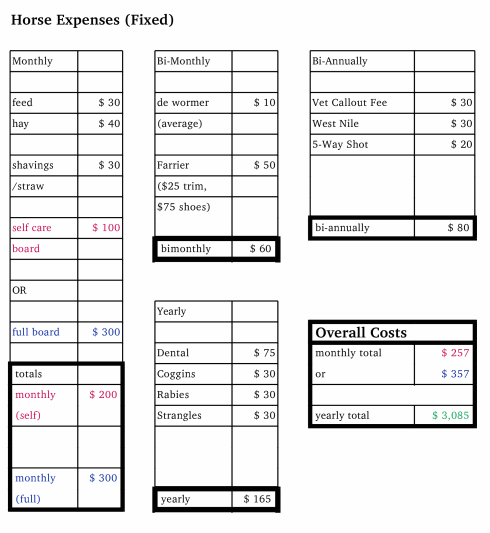
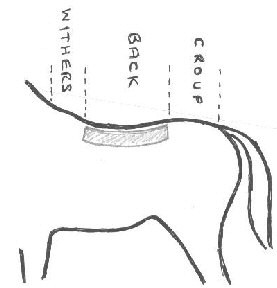
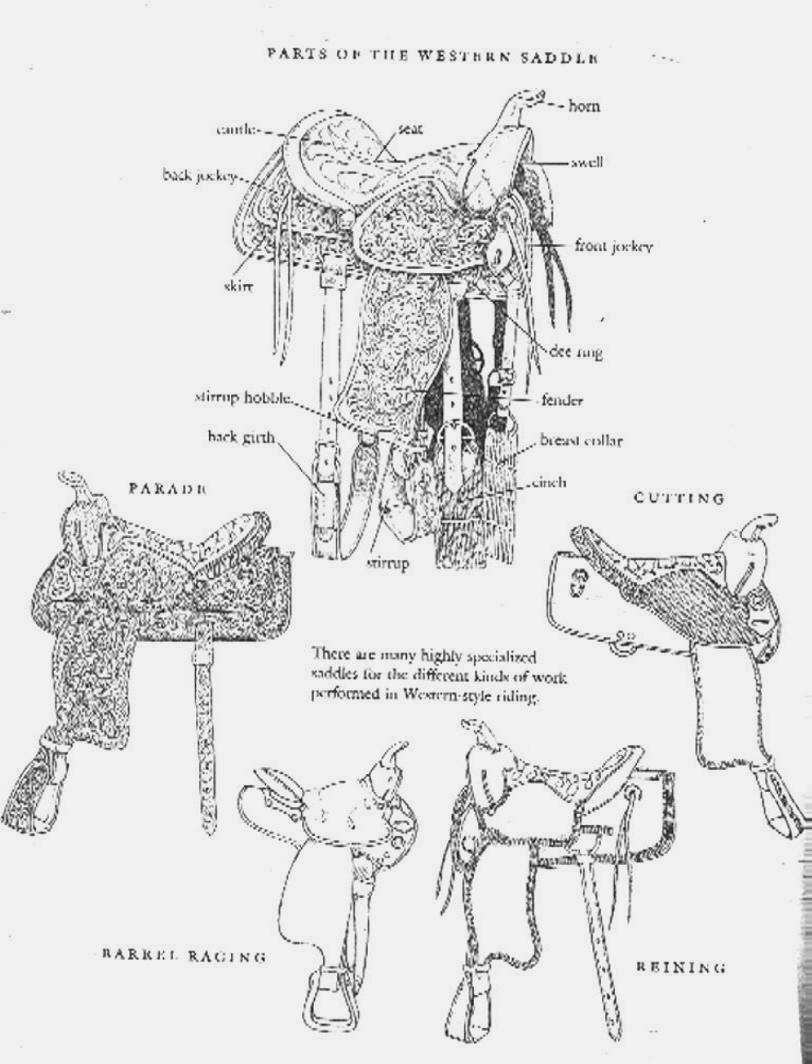
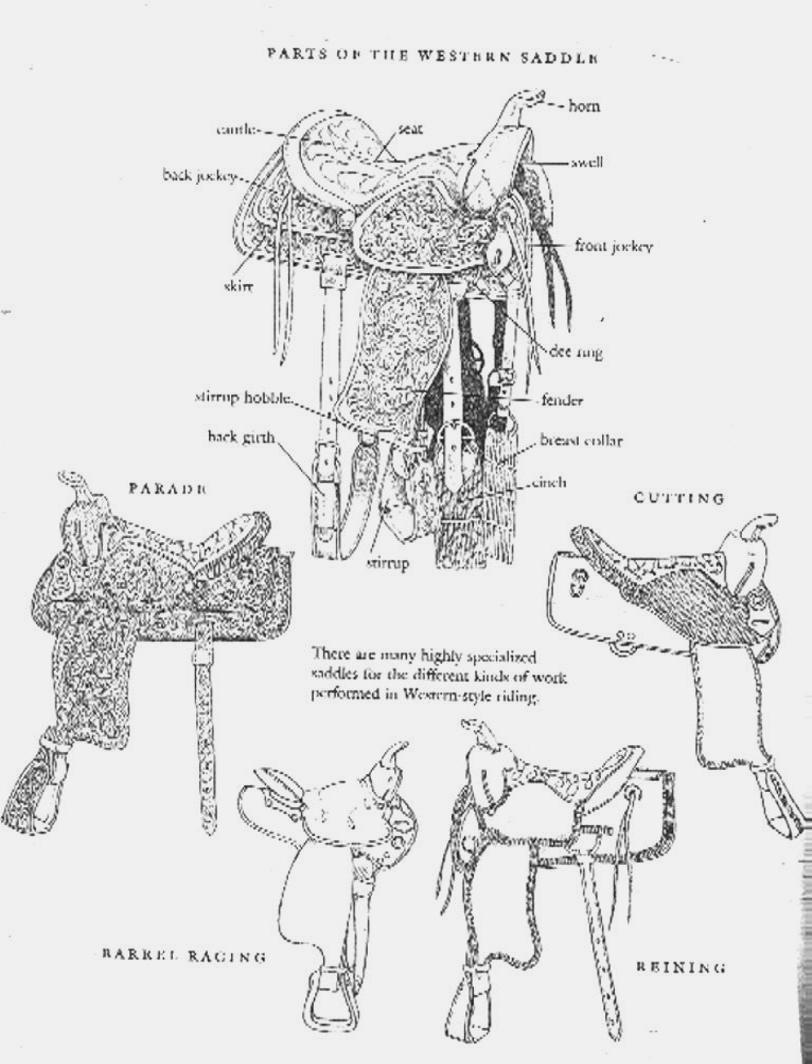

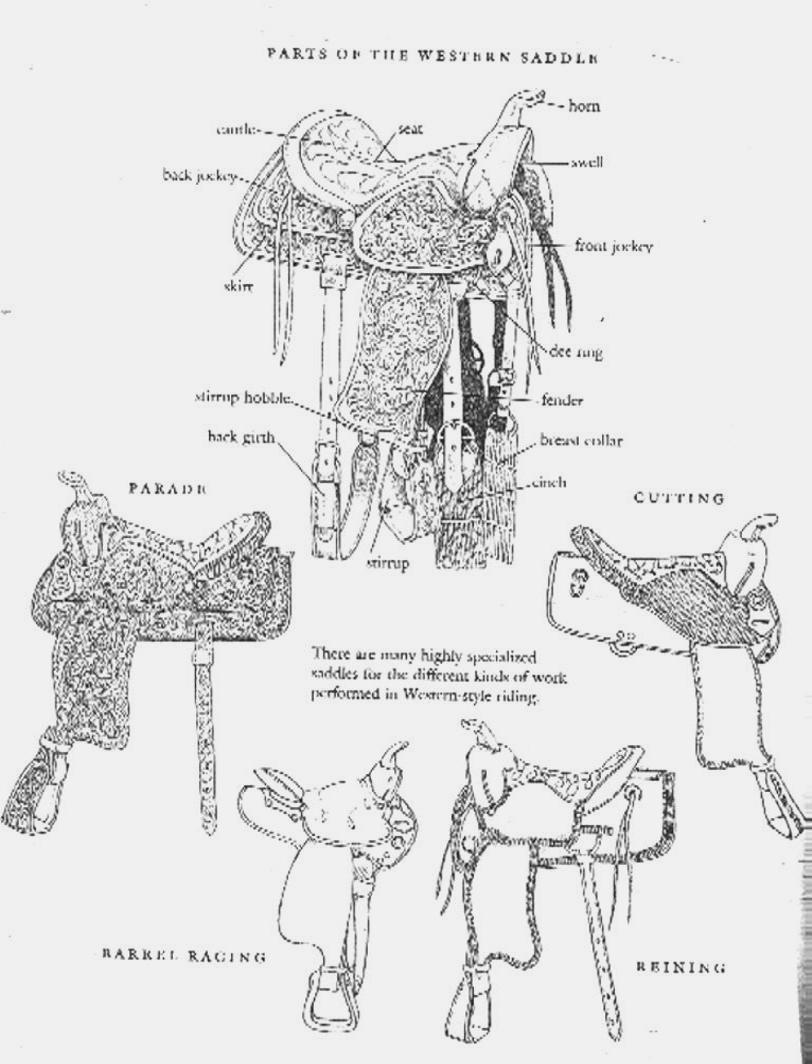
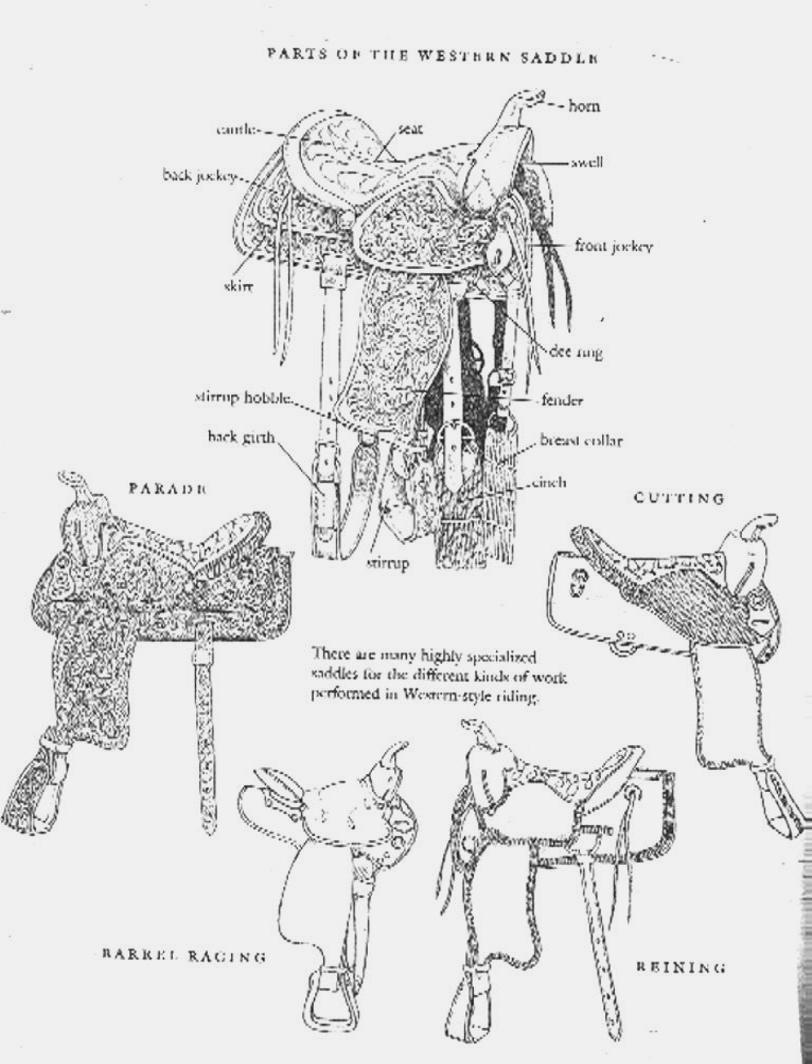
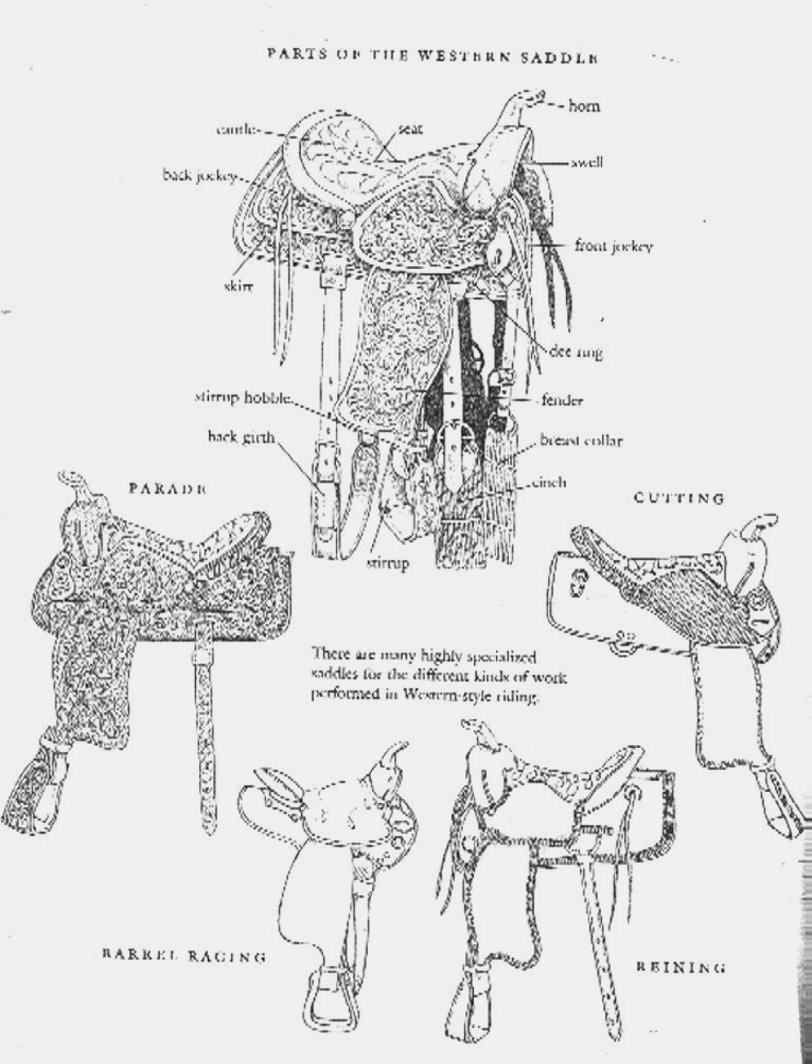
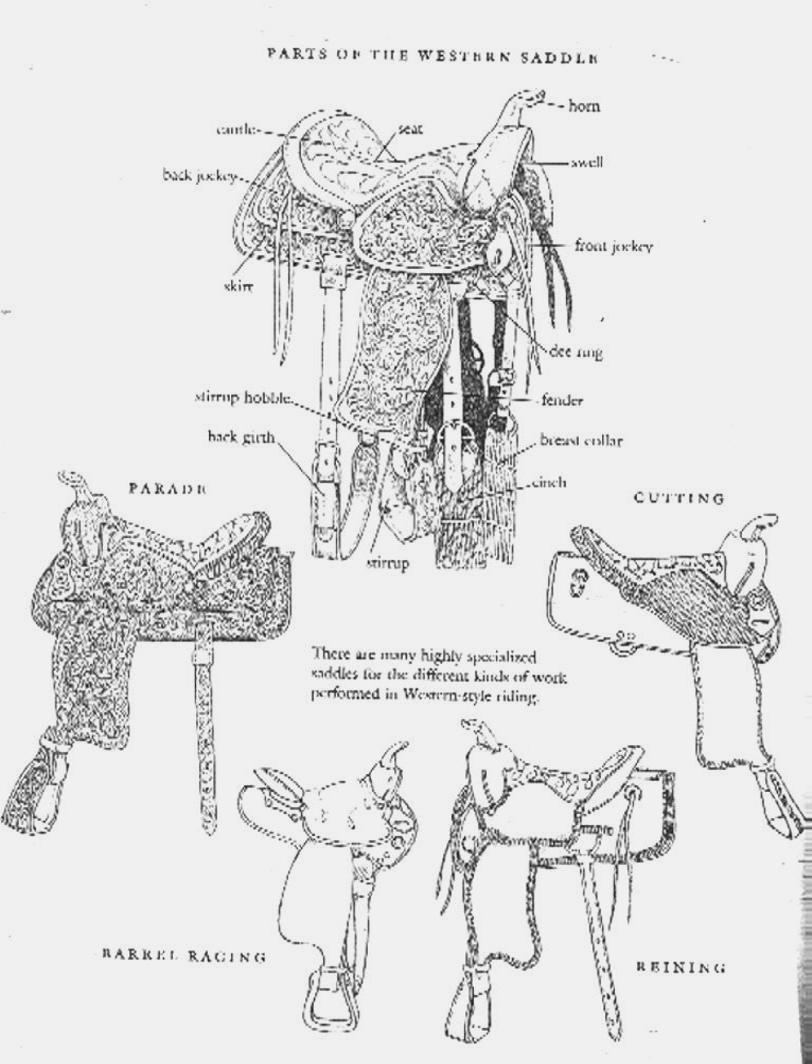
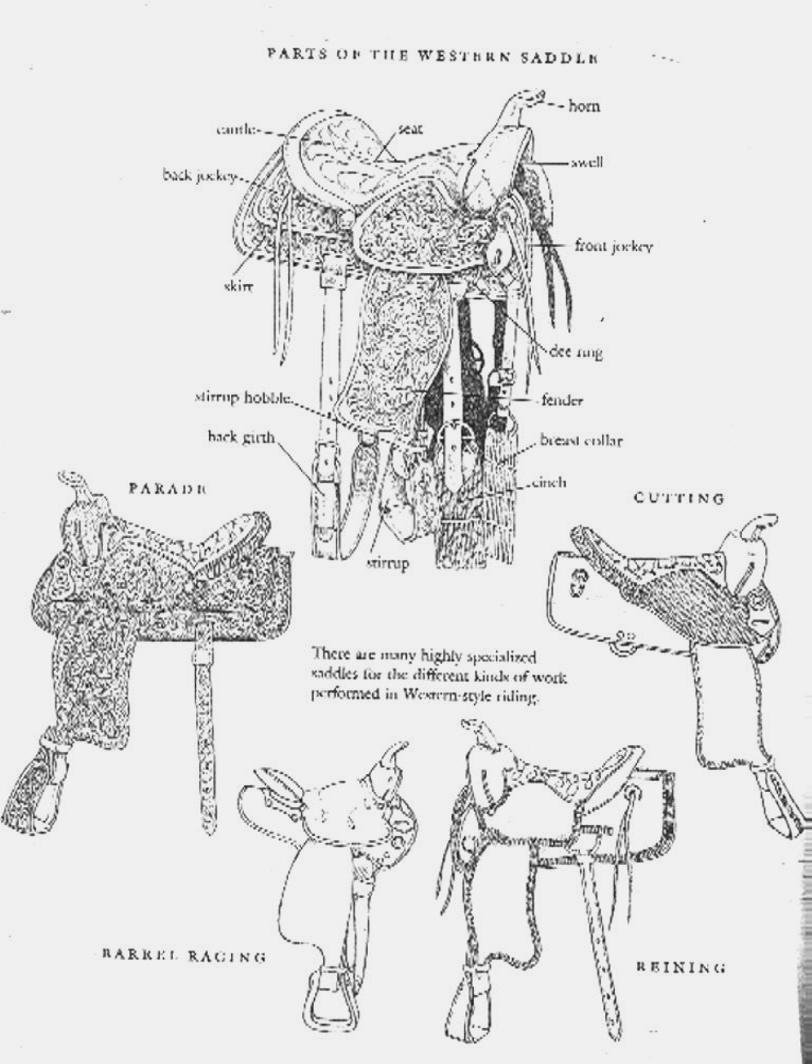

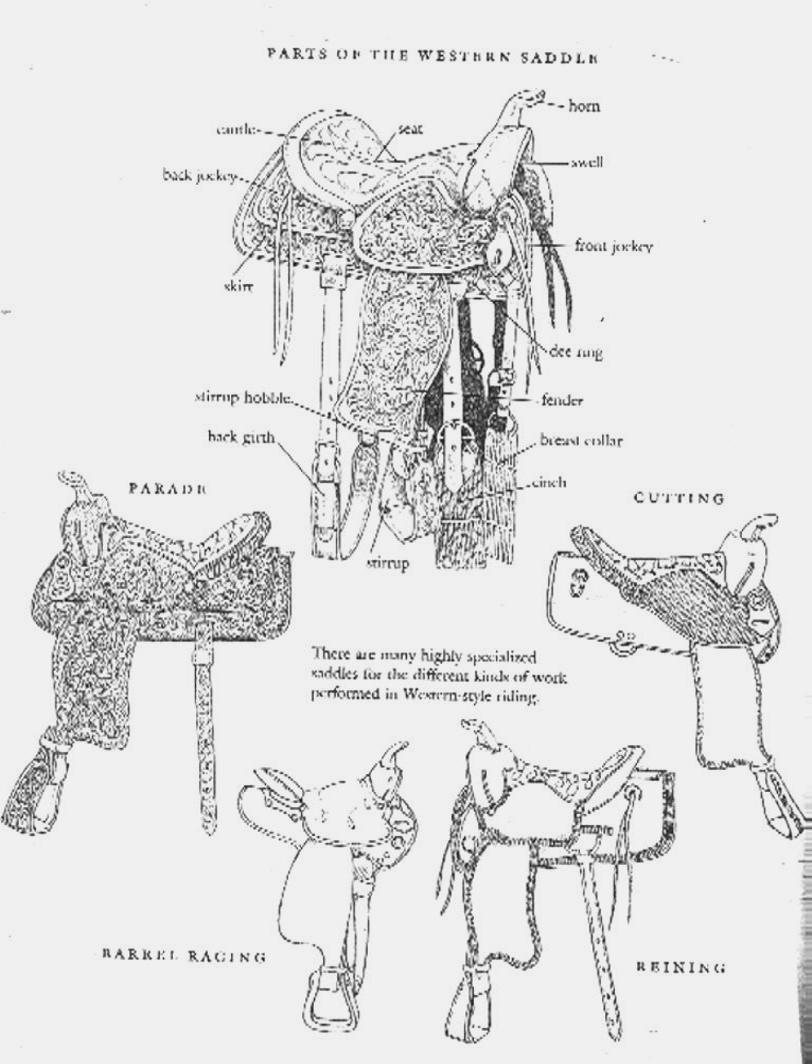














Comments